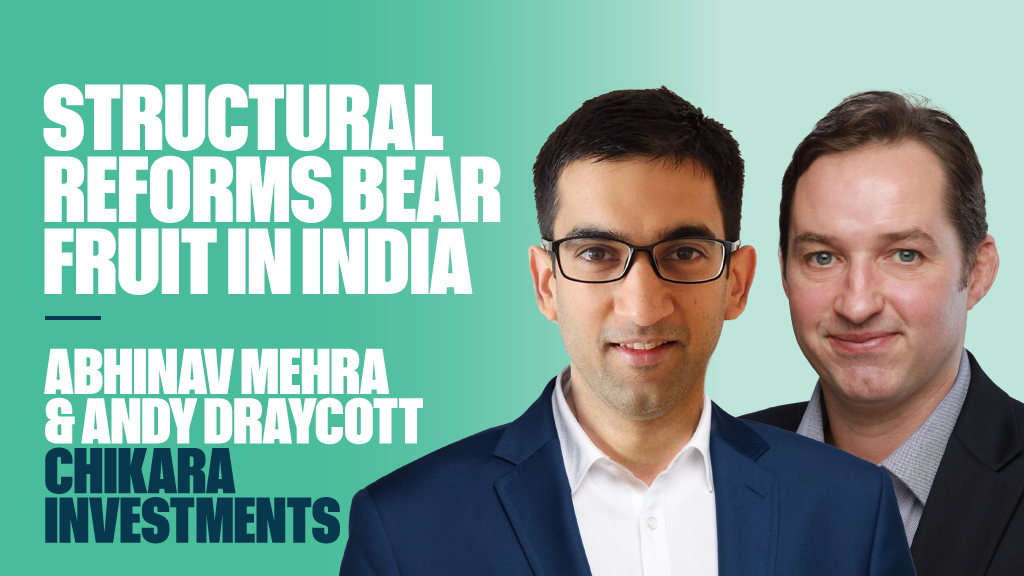Indeed, it seems many retail investors are already doing just that. Having spent most of the past 12 months as the bestselling category, the £ Corporate Bond sector actually had the most outflows (£172m) in November, according to the latest IMA data.
Total fixed income fund sales were actually at their lowest since October 2008, presumably as fears of a much discussed bond bubble took hold.
From a global universe of around 70,000 mutual funds, it has been estimated that just 185 funds accounted for 99% of assets in 2011. Chances are that household names such as the £6.5bn M&G Corporate Bond and £5.8bn Invesco Perpetual Corporate Bond funds were among those select few.
F&C’s multi-manager duo Gary Potter and Robert Burdett are among those who avoid these larger vehicles; in fact in some cases they are avoiding traditional investment grade bonds altogether.
Esoteric answers
This becomes clear from looking at some of the non-equity names held in their Thames River Distribution Fund, which currently yields over 6%. It holds the likes of GCP Infrastructure Investments, Darwin Leisure Property Fund, Carador Income Fund (invests in CDO transactions), MedicX Fund (invests in UK healthcare properties), and NB Global Floating Rate Income Fund.
These, says Potter, make for ideal alternatives: “We are looking at ways of generating better sources of income with better protection. People are going to have to start thinking very differently about fixed income going forward as many of the best opportunities have been had in credit.”
For more conventional fixed income exposure, Potter says he prefers more flexible strategic bond funds to corporate bond vehicles; he also notes that some of the leading names here have been moving out of high yield – a big play in 2012 – into other more esoteric areas, such as asset-backed. Preferences in the Strategic bond fund sector include offerings from Henderson and Cazenove.
Another fund picker, Richard Whitehead, chief executive of Dart Capital, says that deciding what to include in the non-equity component of portfolios is a pressing issue for wealth managers today.
No easy task
For traditional cautious managed models or those that, say follow closely the APCIMS Income or Balanced indices, professional investors may be obliged to hold a minimum of 45% in fixed income or cash; not an easy task if you see limited opportunities in these areas.
Whitehead sees 2013 as a year of inflationary concerns, and this in part forms his preference for short-dated bond funds, such as Investec Short Dated Bond Fund and also a recent investment BNY Mellon’s WestLB Euro Credit Short Duration Fund in the belief that the best opportunities may move from the US to Europe.
“Our biggest challenge is what to do with the non-equity part of our models, and this has been the case for three years,” he says.
“In 2009 we had a great year because we seized the opportunity in February and March to add a lot of credit into our portfolios before we added weightings into equities. On a risk-adjusted basis we had a great year, but in the latter part of 2010 we probably came away from long-dated gilts a bit too early and therefore in 2011 we didn’t have as much pointing towards doom and gloom as perhaps we should have. We corrected this to some degree by buying some short-dated at the beginning of last year and during 2012 our performance was good on that basis.”
Need to be nimble
A message seems to be that investors may need to be nimble on their feet in order to make the most of opportunities in fixed income across several asset classes – perhaps making this the year of the strategic bond fund. What it is not, says Potter, is a time to be sheltering in the very largest funds.
“In all the talk about turbulent waters, investors’ focus has been about risk profile, but they forget to ask about return profile,” he adds.
“In tough times, it is not all about sticking in the big tankers, which are perceived as being safer. There are lots of smaller fund doing very well indeed.”











